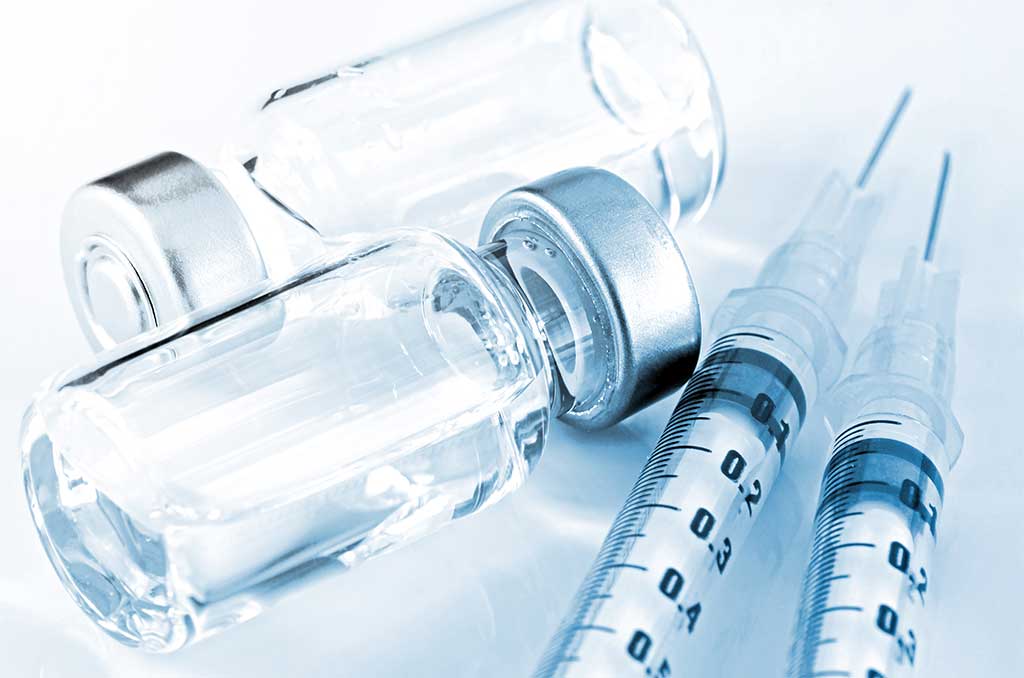
Changes to Neural Connector Devices
The International Organization for Standardization (ISO) published the ‘ISO 80369 Small bore connectors for liquids and gases in healthcare applications’ in 2016. Part 6 of this standard, ‘Connectors for neuraxial applications’ was endorsed by the Australian and New Zealand College of Anaesthetists (ANZCA) and the Australian Commission on Safety and Quality in Health Care (the Commission) in 2017. This standard aims to reduce administration errors for substances intended for neural routes. While the incidence of these errors is low, the consequences can be catastrophic including permanent harm or death.
The Commission has recently published guidelines to support the implementation of ISO 80369-6 compliant neural connector devices in Australia.
Devices affected:
The ISO 80369-6:2016 standard applies to medical devices intended to deliver medication to neuraxial sites, regional anaesthesia procedures, and procedures to monitor or remove cerebrospinal fluid for therapeutic or diagnostic purposes. Neuraxial sites include the spine, intrathecal space, ventricles of the brain, and the epidural, space. Medications that may be administered by these devices include local anaesthetics, analgesics, antibiotics, chemotherapeutics, and radiological contrast agents.
All equipment that has a Luer connector and is used to access or deliver medicine to the central or peripheral nervous system will be affected by this new standard. A comprehensive list of products requiring compliance with the standard can be found on the ANZCA website.
Changes to devices:
The Luer device connection system currently in use allows universal connection between medical devices intended for fluid administration, breathing systems, and some monitoring equipment. While this is convenient, it increases the risk of medications administered by the wrong route.
Neuraxial devices that are compliant with ISO 80369-6 are equipped with a small-bore connector that is specific for each clinical application. These compliant connectors, collectively known as NRFit™ devices, have a smaller outer collar and tip. This reduces the risk of administration errors by physically preventing misconnections. NRFit™ devices also use yellow colour coding which facilitates the identification of regional anaesthesia devices.
There is currently no fixed timeframe for this changeover. Introduction of new ISO 80369-6 compliant devices will be dependent upon product availability in Australia.
Recommendations:
The Commission makes the following recommendations to reduce the risk of patient harm during the changeover period:
- Do not use adaptors for procedures involving the neural delivery of medicines. Risk assessment suggests that the risk of misconnection remains, and may even increase if adaptors are used;
- Ensure all medical devices in an interconnected, end-to-end procedure are available before devices are changed over for that procedure;
- Devices that are compliant with ISO 80369-6 should be clearly differentiated from old Luer devices in verbal and written communication;
- Colour coding should be consistent with the National Standard for User-applied Labelling of Injectable Medicines, Fluids and Lines (2015);
- The strategy for replacing medical devices for neural use should include all procedures involving the neural delivery of injectable medicines;
- Consider the use of medicines supplied in pre-filled syringes. These devices reduce the risk of drawing up the wrong solution into the correct syringe while also reducing the risk of microbial contamination. Ready-to-use pre-filled syringes should be sourced that are compliant with ISO 80369-6 in order to maintain the safety benefits of the new standards; and
- While the changeover process may be implemented sequentially in individual departments, international experience suggests that a single day facility-wide changeover is preferable.
The introduction of ISO 80369-6 compliant devices is only one measure to improve the safety of perineural procedures. Other risk reduction strategies should be maintained including appropriate labelling of syringes and lines, colour coding of equipment, separate storage of neurotoxic solutions, continuing education of healthcare professionals, and double-checking of all connection sites at initiation and handover. The guidelines developed by the Commission should be consulted for further information.
References:
- Australian Commission on Safety and Quality in Health Care, Australian and New Zealand College of Anaesthetists. ISO 80369-6:2016 neural connector devices to reduce misconnection errors: Guidelines for implementation in Australia. Sydney: ACSQHC; 2019.
- Australian Commission on Safety and Quality in Health Care, Australian and New Zealand College of Anaesthetists. Joint statement on neuraxial connectors and ISO 80369-6:2016 March 2017. Sydney: ACSQHC; 2017.
- International Organization for Standardization. Small bore connectors for liquids and gases in healthcare applications — Part 6: Connectors for neuraxial applications. Geneva: ISO; 2016.
Subscribe Knowledge Centre Updates
Enter your details to receive Knowledge Centre updates
